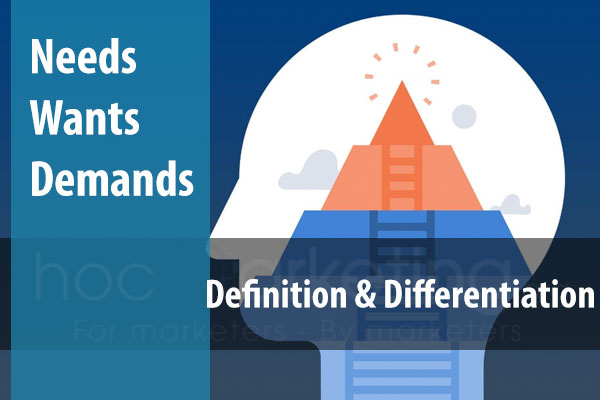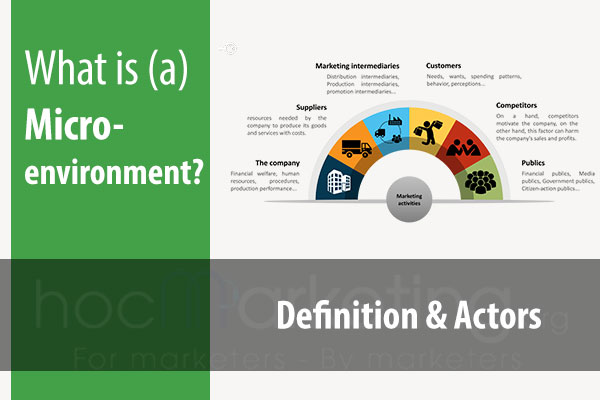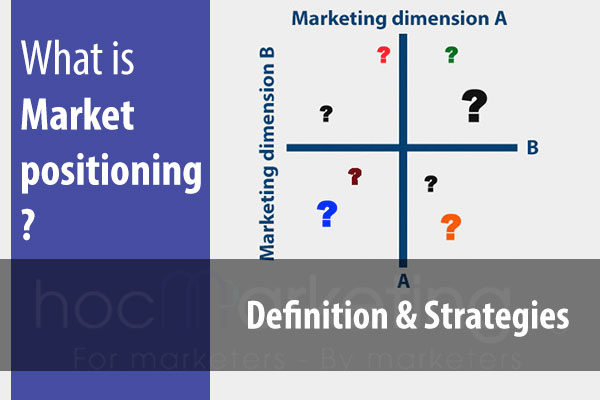
What is market cannibalization? Major types of market cannibalization

Market cannibalization is one of the most common mistakes that marketers make. This blog post includes information about what market cannibalization is and how it can affect companies negatively. It also provides strategies for avoiding or minimizing its impact on your business.
Marketing is a very difficult process. There are many different factors that come into play when determining what marketing strategies to use, and it can be hard to keep track of them all. Market cannibalization is one of the most common mistakes that marketers make. This blog post includes information about what market cannibalization is and how it can affect companies negatively. It also provides strategies for avoiding or minimizing its impact on your business.
What is market cannibalization?
Market cannibalization is the negative effect that marketing a new product can have on sales of an existing product. Market cannibalization occurs when marketers introduce a new product into an existing market and thereby capture some, or all, of the market share of their existing products.
Major types of market cannibalization
There are some major types of market cannibalization:
Planned cannibalism
The first type of market cannibalism happens when the company purposefully markets their new product by associating it with an established brand. This strategy successfully captures the consumers that are seeking out that existing brand while also introducing your company to a new group of buyers that were previously unaware of your products.
For example, Apple released iPhone 12 mini (a month after the release date of iPhone 12, 12 Pro Max). Although iPhone 12 mini can take the market share of the elder versions, it still help Apple attract new customers.
Unplanned cannibalism
The second type of market cannibalism happens when companies launch new products without considering the existing market. This strategy generally results in the company stealing sales from their own products, which is known as cannibalizing your own market.
Cannibalization Through Discounts
The third type of market cannibalization is known as cannibalization through discounts. This occurs when many retailers regularly put products on sale, either to increase cash flow or make room for newer ones; in this case buyers might refuse buying at full price because they know there will be more sales later down the line and so prices stay low by comparison. A retailer who offers steep discounts with no end date eventually finds themselves offering even lower rates than competitors do - which can have devastating effects if customers stop believing these deals are available from time-to-time
How can market cannibalization affect a business?
Marketers need to be aware of the negative effects that market cannibalization can have on their business as it relates to:
Market cannibalization prevent the company from increasing its market share
Due to the fact that a company is stealing sales from itself, it prevents the business from gaining as much market share as possible. If customers begin buying a competitor's product instead of yours, the company will have a harder time increasing its market share.
Product cannibalization can affect your company's profits
When you cannibalize your product, it affects the profits generated from each sale. If a customer is willing to pay full price for your product, but then opts to buy a cheaper version instead, it directly affects company profits.
Decreasing your brand value
When you make a mistake of market cannibalization, it can lead to decreasing the company's overall brand equity . If you are struggling to meet quota every month, customers might begin associating that with your entire product line which can become very difficult to overcome in the future.
How to avoid or reduce market cannibalization?
There are many strategies that marketers can employ in order to prevent market cannibalization, including:
Have a clear strategy to differentiate product
Before companies launch a new product into an existing market, they need to be able to clearly articulate how their product is different from the present one.
By developing a clear marketing strategy that highlights these differences, marketers present customers with a reason to purchase their new products instead of continuing to use the old ones.
Marketing Your New Product Early
Marketers can avoid market cannibalization by marketing their new product early.
In order to do this, marketers need to have a clear launch date for the new product and begin promoting it at least six months before it becomes available. This will give consumers enough time to learn about your new offering while also allowing them to get used to its existence in the market.
Market Your New Product Differently
In order to reduce the impact of market cannibalization, marketers need to market their new product in a way that differentiates it from its competition.
This can be done by highlighting the unique benefits and features of your product over the other ones available. By marketing it differently, you increase the chances that your new product will find success with the target customer.
When Market Cannibalization Is Unavoidable
Sometimes, market cannibalization cannot be avoided. When this occurs, companies need to decide whether the cannibalized product is more of a priority than the new market offering.
If the older product is more important to you, then you should work on reducing cannibalization through different promotional strategies mentioned in this article. However, if your new product is planned to be the future of your company and needs to succeed, then you might need to consider abandoning the old one in order to ensure that your new product has the necessary market share.
Advantages of market cannibalization
Market cannibalization also have some advantages. Apple founder Steve Jobs is reported to have embraced the practice, saying: "If you don't cannibalize yourself, someone else will." Although the newly-released iPhone did cannibalize buyers from older iPods, they made a bigger dent in Apple's competitors.
New offerings can revive interest in older product lines
If the existing product lines have been launched into the market for too long, they can lose their novelty or value with consumers.
When this happens, companies often create new products to revive interest in the older ones. By creating a newer version of an existing product line, companies can refresh public perception while continuing to generate profits from the previous product lines. This strategy also allows for more varied offerings for customers so that they have a reason to constantly come back to your product line.
Market cannibalization can drive down prices of competing products
When companies release better or similar products, the overall price of that item in the market is driven down because consumers will be drawn toward the best option available.
The theory behind this business strategy is called "value-based pricing." The idea is that lowering the price of a product will actually increase your company's profits because it makes the product more accessible to more potential customers.
Market cannibalization can achieve economies of scale and scope, allowing companies to produce both products more cheaply and effectively
When companies release new products into existing markets, they often do so by using existing resources. This allows them to achieve economies of scale and scope, meaning they are able to produce new products more cheaply and effectively than if they were produced separately.
Market cannibalization can keep customers continuously loyal to your company's product line
By releasing new products into existing markets, companies can ensure that their customers remain loyal to the company. This is because consumers might shift loyalty to a company that can provide them with more and better products than the competition.
Market cannibalization fuels new feature development
A by-product of releasing new products into existing markets is that it allows companies to constantly develop and improve their existing products as well as create new ones. New product offerings are constantly being released, providing customers with more options to choose from while maintaining their loyalty to the company.
Conclusion
Market cannibalization can badly affect a business. However, sometimes it's unavoidable.
If you already have a successful product that has earned the loyalty of people, it is understandable if you don't want to cannibalize that product by releasing a new one within its market. This is because sometimes the newer option might not be as good as the old one.
However, if you're not earning much from your existing products and see your competitors doing better than you, then it's time to think about market cannibalization. This is because market cannibalization may be the best way for businesses to improve their profits and expand their product range.














